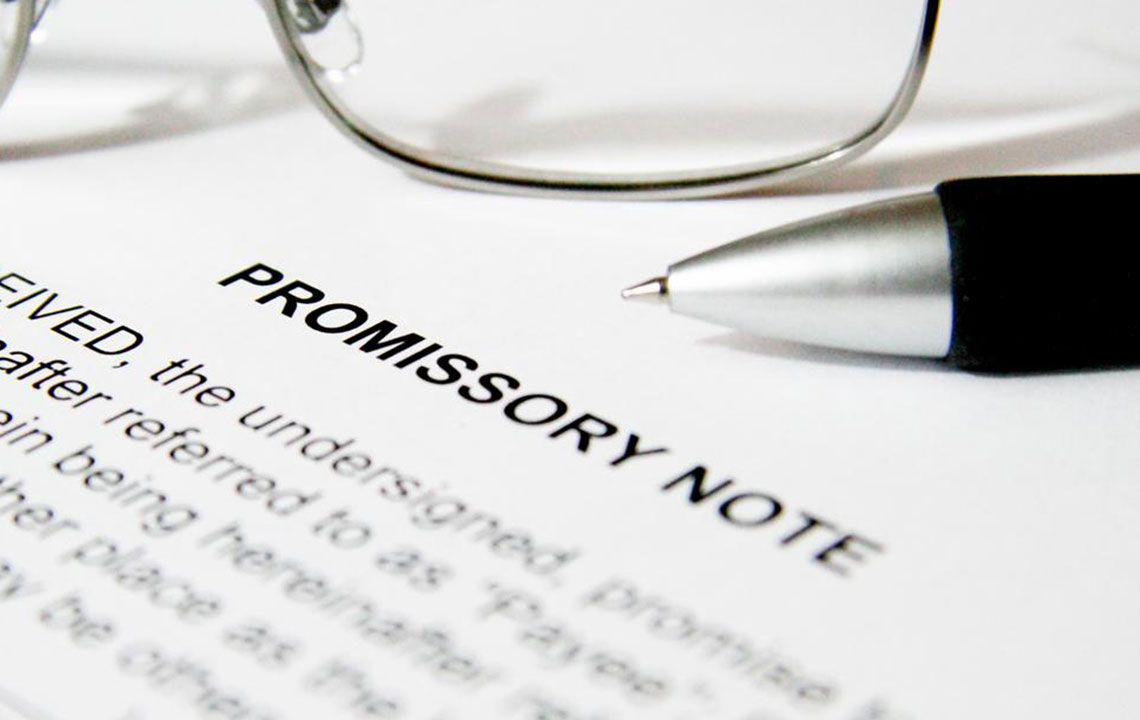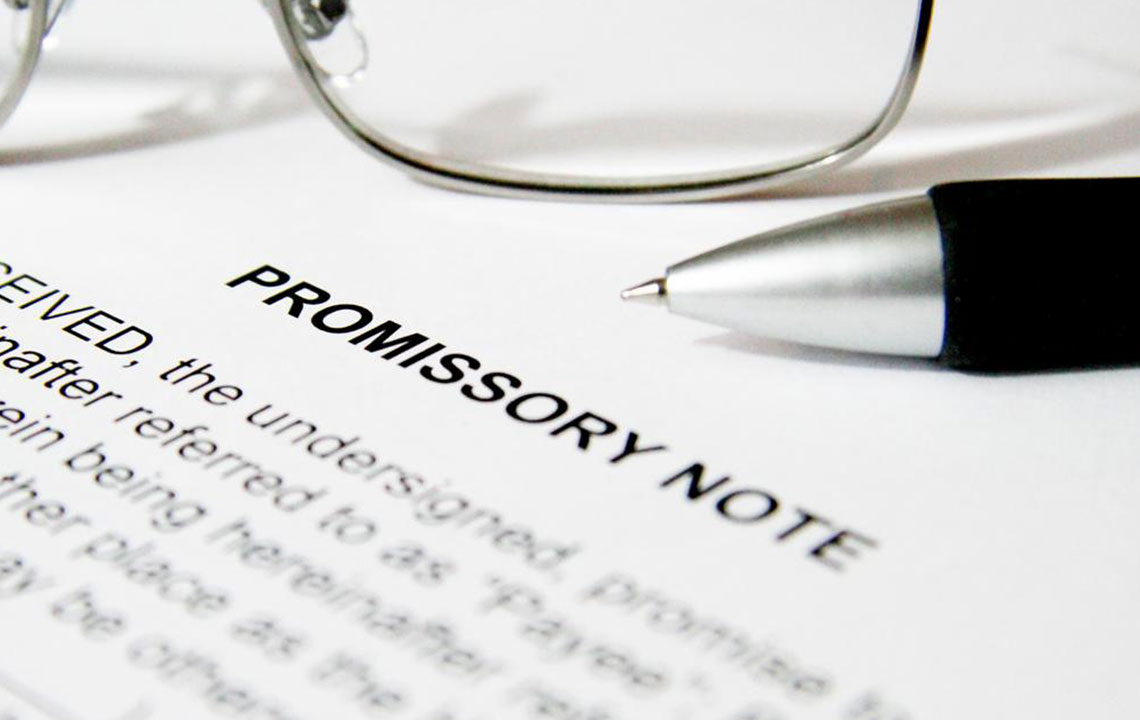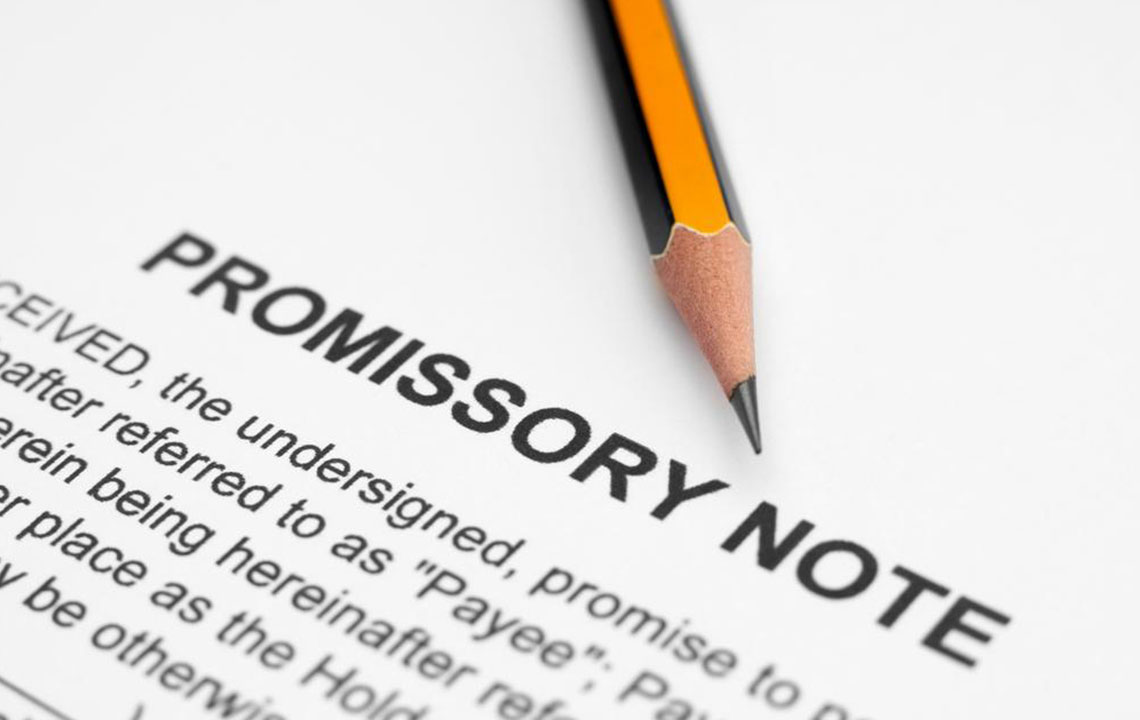Ultimate Guide to Drafting a Promissory Note Template: Step-by-Step Instructions
This comprehensive guide provides detailed steps for drafting a promissory note, covering essential aspects such as party details, payment schedules, collateral, legal considerations, and signatures. Perfect for individuals and businesses, ensuring legally enforceable and clear loan agreements. Learn how to craft a complete promissory note tailored to your needs with expert advice to avoid future disputes and ensure compliance with legal standards.

Ultimate Guide to Drafting a Promissory Note Template: Step-by-Step Instructions
Promissory notes are essential financial instruments used to formalize the agreement between a lender and a borrower regarding a loan. These documents are straightforward but require careful attention to detail to ensure legality and enforceability. Whether you are lending money to a friend, family member, or a business, understanding how to correctly complete a promissory note template is crucial. This comprehensive guide walks you through each step in detail, helping you draft a clear, enforceable, and legally sound promissory note that accurately reflects the terms of your agreement.
Step 1: Recording Details of Lender and Borrower
Begin by filling in the date of the agreement, including day, month, and year. This provides a clear record of when the promissory note was created. Next, enter the full legal names of both the lender and the borrower. Accurate identification is important to avoid any future disputes. Accompany the names with complete mailing addresses for each party, including street address, city, state, and zip code, to ensure proper correspondence and legal jurisdiction.
Additionally, specify the principal amount of the loan. Write the amount both numerically and in words to prevent ambiguities. For instance, '$10,000.00 (Ten Thousand Dollars)'. Clearly state the annual interest rate percentage agreed upon, which is vital for calculating interest accrual over the loan period.
Step 2: Defining Payment Terms and Schedule
Next, specify the repayment schedule. Clearly state the due date for the full repayment or installment payments, including day, month, and year. Decide whether the borrower will make a lump sum payment or installment payments over time. If installments are involved, detail the amount of each installment, the frequency (monthly, quarterly, etc.), and the final due date. Be explicit about late payment penalties, such as late fees or increased interest rates, to incentivize timely payments and protect the lender’s interests.
Furthermore, mention the method of payment—whether via check, bank transfer, or other means—and any conditions concerning early repayment or prepayment penalties.
Step 3: Secured vs. Unsecured Promissory Notes and Collateral
Determine if the note is secured or unsecured. Secured promissory notes are backed by collateral, such as property, vehicles, or other assets. Collateral provides security for the lender and can influence the terms of the loan, including interest rates and repayment conditions. Unsecured promissory notes, on the other hand, do not involve collateral and depend solely on the borrower’s promise to repay.
In most cases, if collateral is involved, specify the collateral details clearly in the agreement to avoid confusion. If no collateral is provided, it is advisable to include provisions regarding the borrower's promise and the lender’s rights in case of default.
Step 4: Co-signer and Legal Considerations
If the borrower lacks sufficient credit or collateral, a co-signer can be designated to guarantee repayment. The co-signer agrees to assume responsibility if the primary borrower defaults, providing additional security for the lender. If a co-signer is involved, their full name, contact information, and signature should be included.
Equally important is specifying the governing law—typically the state or jurisdiction in which the loan agreement is executed. This determines which legal rules apply should disputes arise, ensuring clarity and reducing ambiguity. Clarify whether the lender is an individual or a business entity to delineate contractual authority and responsibilities.
Step 5: Finalizing the Promissory Note with Signatures and Witnesses
All involved parties, including the lender, borrower, and any witnesses, should sign and date the promissory note. Signatures validate the document and demonstrate that all parties agree to the stipulated terms. If a co-signer is involved, their sign is also required. It is advisable to have the signatures notarized or witnessed to enhance the enforceability of the promissory note, especially for larger or more formal loans.
Once signed, each party should retain a copy of the completed promissory note for their records. Proper documentation can be crucial in case of future legal action or repayment disputes.
In conclusion, drafting a promissory note may seem straightforward, but paying attention to detail helps avoid misunderstandings and legal issues. By following these comprehensive steps—covering details of the parties, payment terms, collateral, legal considerations, and necessary signatures—you can create a legally binding agreement tailored to your specific loan situation. Remember, when in doubt, consulting a legal professional can provide additional security and peace of mind.





